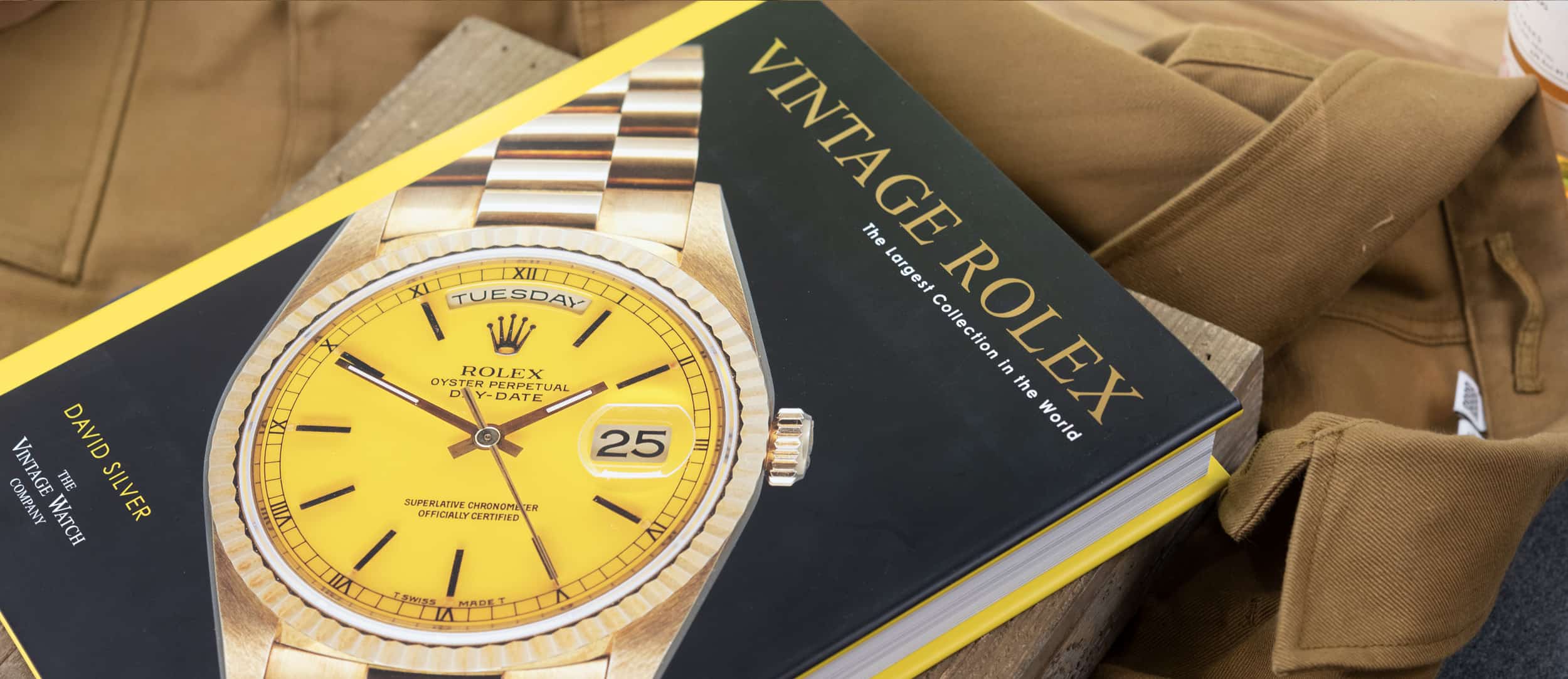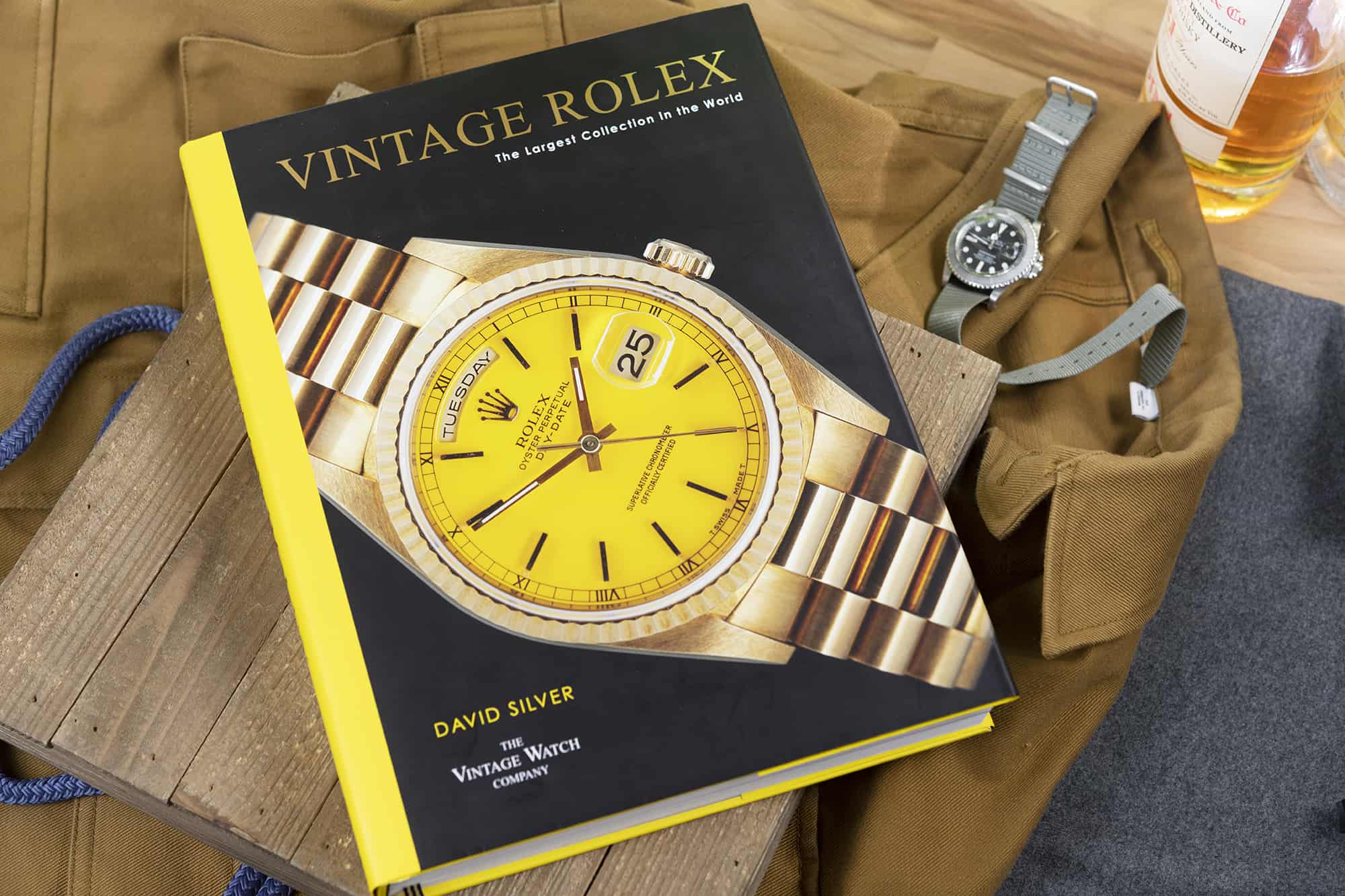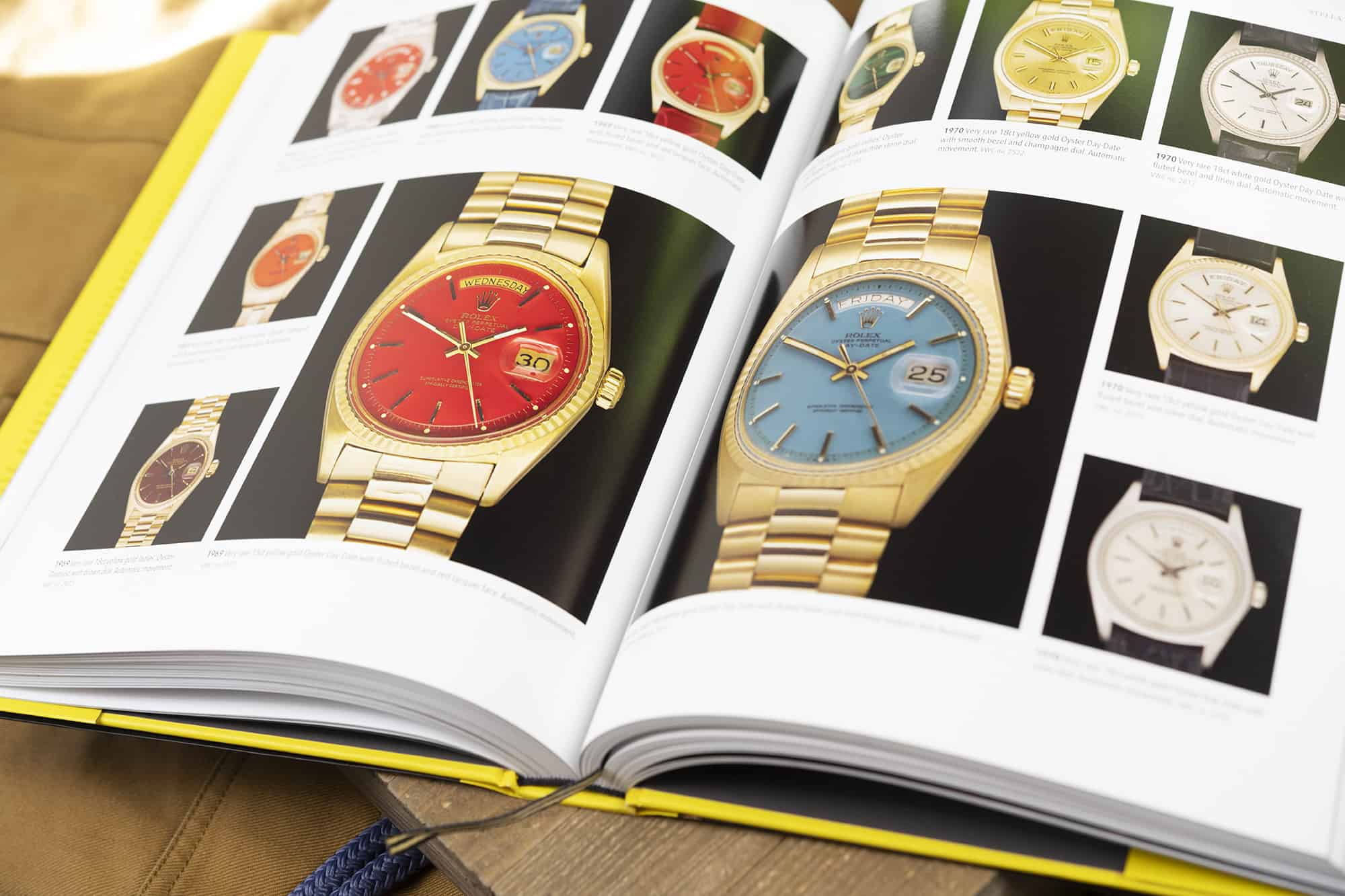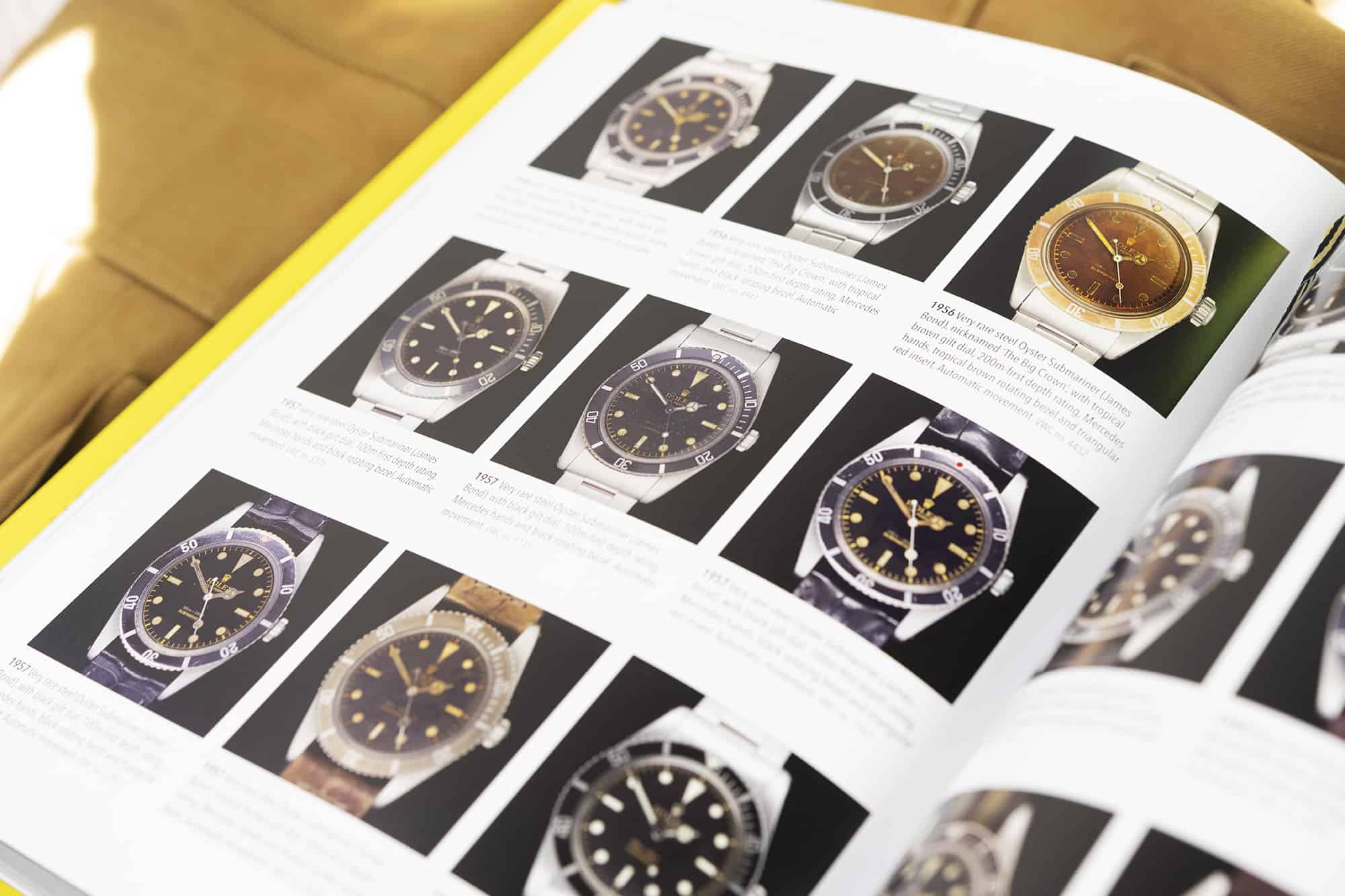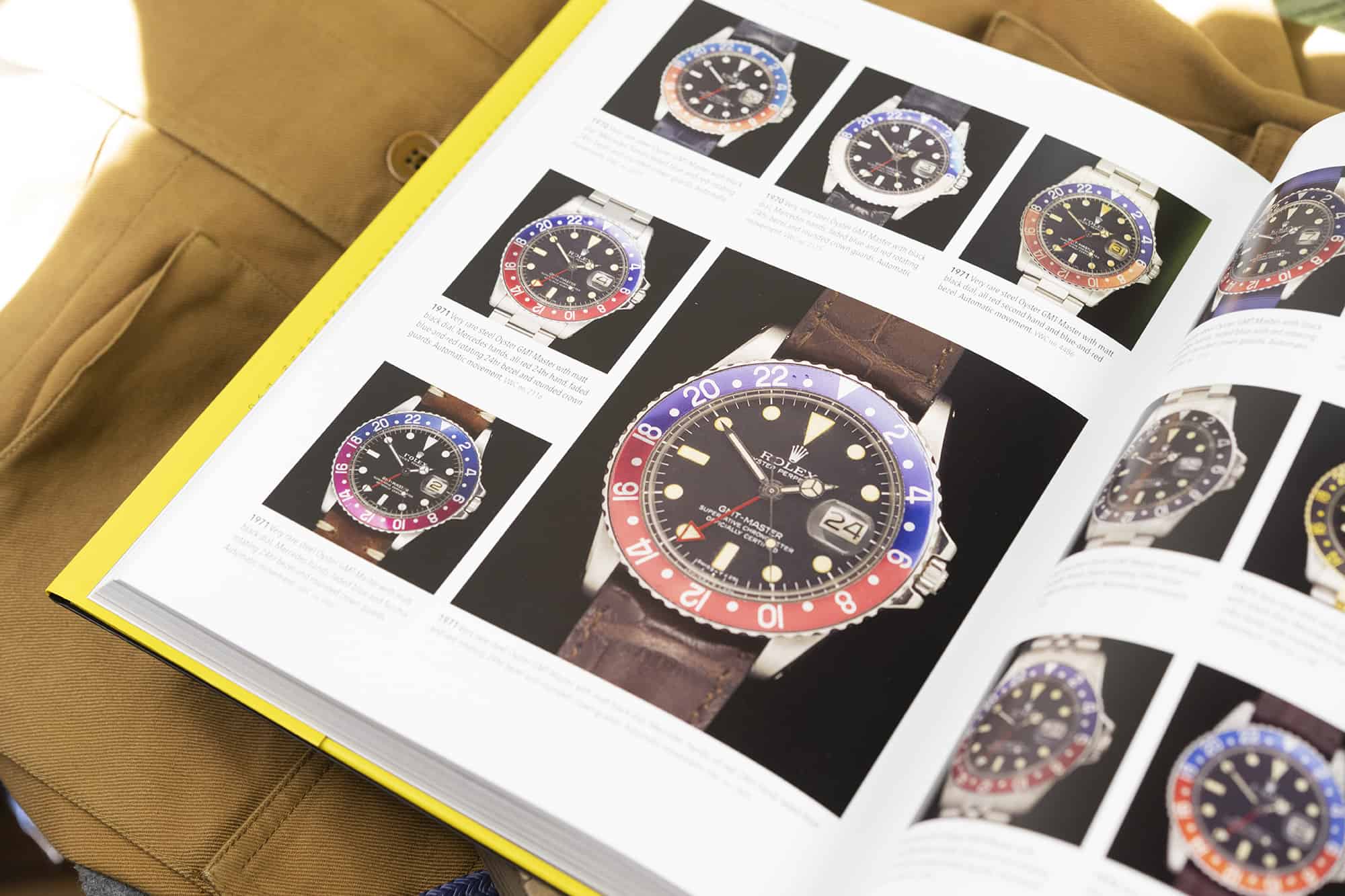The world of vintage Rolex has gone mainstream, to state the obvious. Propelled by the popularity of steel sports watches, bombastic auction results, instagram influencers, and creative dealers, collecting vintage Rolex has become a genre unto itself. The seemingly limitless values being realized by these watches, paired with unscrupulous sellers and buyers in search of an investment vehicle has created an atmosphere not easily traversed by the newcomer looking to buy for his or her own enjoyment. Thankfully, earnest research on the subject of these watches is abundant, if you know where to look.
Book Review: Vintage Rolex, The Largest Collection In The World
A wealth of information exists thanks to passionate collectors who have made a habit of compiling and discussing otherwise scarce information within the confines of online forums and home baked websites like drsd.com and 5513mattedial.com. They’ve been doing this since well before the explosion in popularity, and the literature extends to the physical realm as well, in books such as The Vintage Rolex Field Guide (and Field Manual) and Rolex: The Impossible Collection. For true enthusiasts not afraid to get into the weeds, there’s a treasure trove of discovery waiting. The pool of resources gets a bit bigger this fall with the release of a new book published by Pavilion: Vintage Rolex, The Largest Collection In The World, by David Silver of The Vintage Watch Company.
The Vintage Watch Company is a physical store located in London’s Burlington Arcade, specializing in, you guessed it, vintage Rolex. The release of the book coincides with the shop’s 25th anniversary, and showcases a photo library of all the watches to have passed through the shop in as many years. Watches that span all eras, from pre-WWI right up to the late ‘90s appear in glossy photos through the book, categorized by VWC as Early Vintage, Oyster, Stella & Stone, and Sport. There is a brief walkthrough of the history of Rolex, along with cultural touchstones that have propped the brand’s popularity over the years, but this isn’t a book that will satisfy your curiosity about the brand beyond the superficial. Rather, this is a book that serves as a robust visual reference guide to the history of Rolex watches. It’s ironic, then, that the book doesn’t contain a single reference number for any of the watches within it.
As someone who spends a good deal of time rummaging through the vintage Rolex forums, taking in stories of provenance, and discussing the process by which bezel fonts may have become ‘fat’ – the reference numbers of these watches are like a second language, and seeing a library of vintage Rolex watches presented without such nomenclature feels a bit odd. However, this may be a welcome decision by those who roll their eyes at such numbers, as it allows you to piece together the lineage by date alone, rather than stressing references and serial numbers. For those that do nerd out on such details, seeing the reference 18038 Stella dial Day-Date on the cover referred to as “Very rare, 18ct yellow gold Oyster Day-Date” feels more like a generic auction listing rather than a celebration of the watch.
It’s the same for each watch in this book. The images are lovely, and provide a rich experience to browse, but seeing a variety of 6536 and 6538 references, each with nuance that deserves explanation and differentiation, all being reduced to the same “1956 Very rare steel Oyster Submariner (James Bond)… automatic movement” somehow cheapens the experience. For the record, it was a reference 6538 Submariner (aka ‘big crown’) that appeared on screen in Dr. No; not just any Sub from the late ‘50s qualifies.
Of similar concern are the inclusion of a reference 1675 GMT-Master with ‘blueberry’ bezel insert, the origins of which have recently come into question due to the lack of evidence that support its existence as an official Rolex offering (in any capacity). Additionally, the book perpetuates the 1655 Explorer II as Steve McQueen reference myth (in reality he rocked a reference 5512 Submariner). These are small issues on their own, but taken together present a vague and at times frustrating experience with the book. This is heightened by the fact that The Vintage Watch Company is a vintage watch dealer, and stands to potentially gain from these ambiguities.
So who, then, is this book for? If you read the above and didn’t connect with any of the 4-digit references cited, this book may be for you. This is a great starting point to identify different models within a broad context, and give you the tools to dig deeper on your own elsewhere. You will see a handful of the same watch, listed as the same year, but at closer inspection you’ll see some important differences that might be worth exploring.
Overall, this is a beautifully shot book that’s well produced. This is not the be-all end-all reference guide, so don’t expect to become an expert with this book. It would undoubtedly make a nice addition to your collection of existing Rolex literature, serving as a useful visual guide to an incredibly robust collection of vintage Rolex watches. The largest in the world, according to the author.
Vintage Rolex, The Largest Collection In The World, by David Silver is published by Pavilion, and is available for purchase through Amazon right here for $75.









 Featured Videos
Featured Videos




